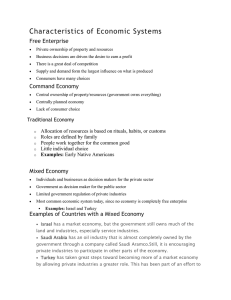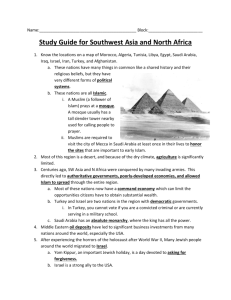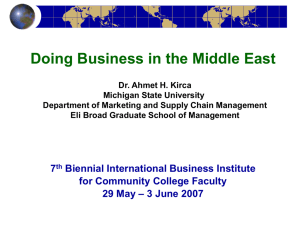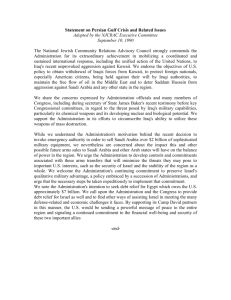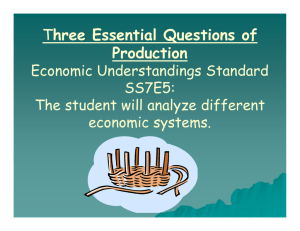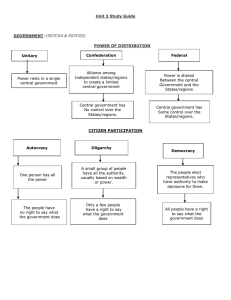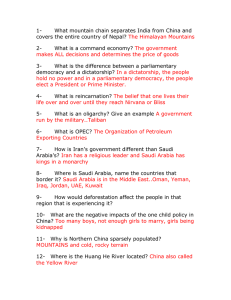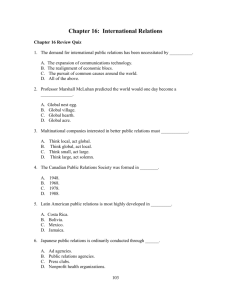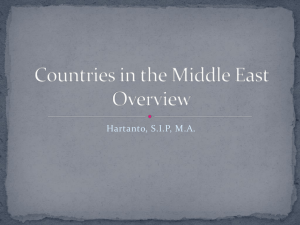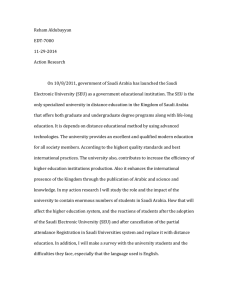Economic Systems: Israel, Saudi Arabia, Turkey
advertisement
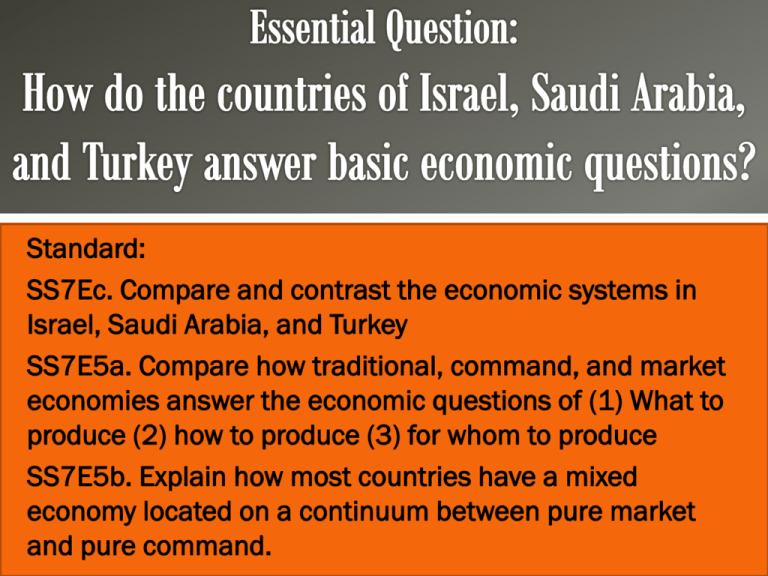
Standard: SS7Ec. Compare and contrast the economic systems in Israel, Saudi Arabia, and Turkey SS7E5a. Compare how traditional, command, and market economies answer the economic questions of (1) What to produce (2) how to produce (3) for whom to produce SS7E5b. Explain how most countries have a mixed economy located on a continuum between pure market and pure command. Use the Southwest Asia (Middle East) Economic Systems Graphic Organizer to record your information Israel has a Mixed Market economy because… The private division of the country produces goods and services for national and international markets based on the market price system Israel has a significant amount of government ownership of business, but it gradually privatizing companies In short, Israel has a mixed market economy because some of its economy is driven by producers, consumers, and markets while other aspects of its economy are controlled by the government Saudi Arabia has a Command economy moving towards a mixed economy because… Over 95% of the oil industry in the country is operated by the government. Most other major industries have significant government involvement. Since the 1980s, the Saudi government has been trying to increase private ownership of business and encourage projects with foreign companies. In short, Saudi Arabia has a command economy moving towards a mixed economy because a significant amount of Saudi Arabia’s economy is controlled by the government, but they are trying to increase private ownership of businesses. Turkey has a Mixed Market economy because… The government of Turkey has a major role in industry, banking, transportation, and communication. There is growing private business in agriculture, textiles, and manufacturing. In short, Turkey has a Mixed Market economy because some of its economy is driven by private business while other aspects of its economy are controlled by the government
